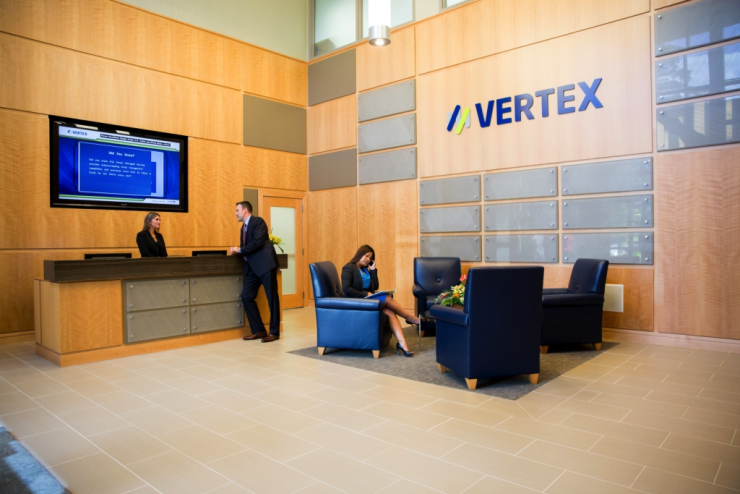While the prominence of cloud computing for tax pro solutions has risen dramatically, there is an increasing awareness of its limitations. In response, many IT decision makers are exploring edge computing as a possible answer.
Edge computing as a concept has been around for decades but in the past few years has gained renewed attention. It is basically a hybrid of cloud and local computing that makes use of resources in both locations. While cloud computing processes data all from one central source, edge computing does it through a network of decentralized nodes that concentrate resources near the user's physical location, at the "edge" of the wider network. This is intended to address last mile latency issues that can arise when sending data long distances from a central server that processes the data of every user connected to the servers.
A recent survey from software provider
The survey showed that, in response to these limits, 87% of IT decision makers are considering new ways to deploy their tax software. One of the main new solutions being explored is called "containerized edge solutions."
The survey found 83% of IT decision makers are interested in containerized edge computing solutions. Generally, these decision makers believe it will reduce dependency on connectivity and bandwidth, give more control over automating updates and improve scalability. There has already been rapid growth in the use of these solutions.

"As retailers continue down their path of digital transformation, IT professionals face many challenges," said Vertex principal architect Eric Christian in a statement. "They must find the right technology to address those issues—including tax software. Current options like on-premise and cloud deployments offer specific value, but an edge computing and containerization solution offers the best of both worlds. Not only do you have agility, but stability and control as well."
The study surveyed 400 IT decision makers in the U.S. and Europe responsible for purchasing tax software in the retail industry.





